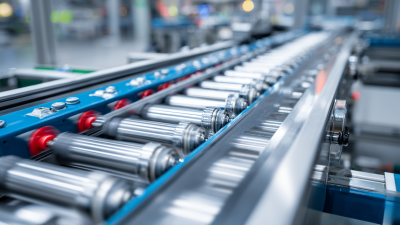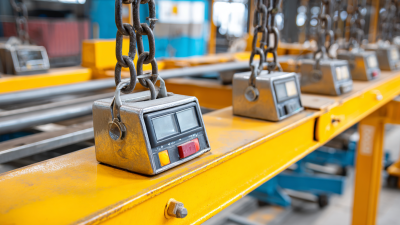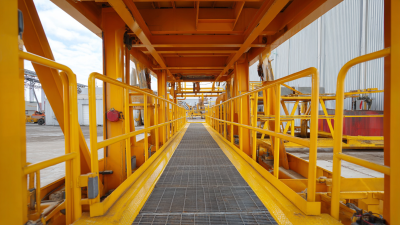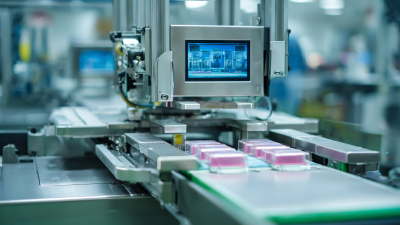In the contemporary industrial landscape, the significance of precision and efficiency cannot be overstated, particularly in material handling and bulk processing operations. Belt counterweight scales have emerged as indispensable tools that enhance operational accuracy and weight measurement reliability. According to a report by MarketsandMarkets, the global industrial scales market is projected to reach $5.1 billion by 2025, with belt scales being a major contributor due to their ability to facilitate real-time weight monitoring and optimize material flow. The integration of these sophisticated weighing systems not only minimizes discrepancies in weight measurement but also improves overall productivity, reducing operational costs by an estimated 15%. As industries continue to embrace automation and strive for more efficient resource management, understanding the role of belt counterweight scales becomes critical for maintaining competitive advantages in a rapidly evolving marketplace.
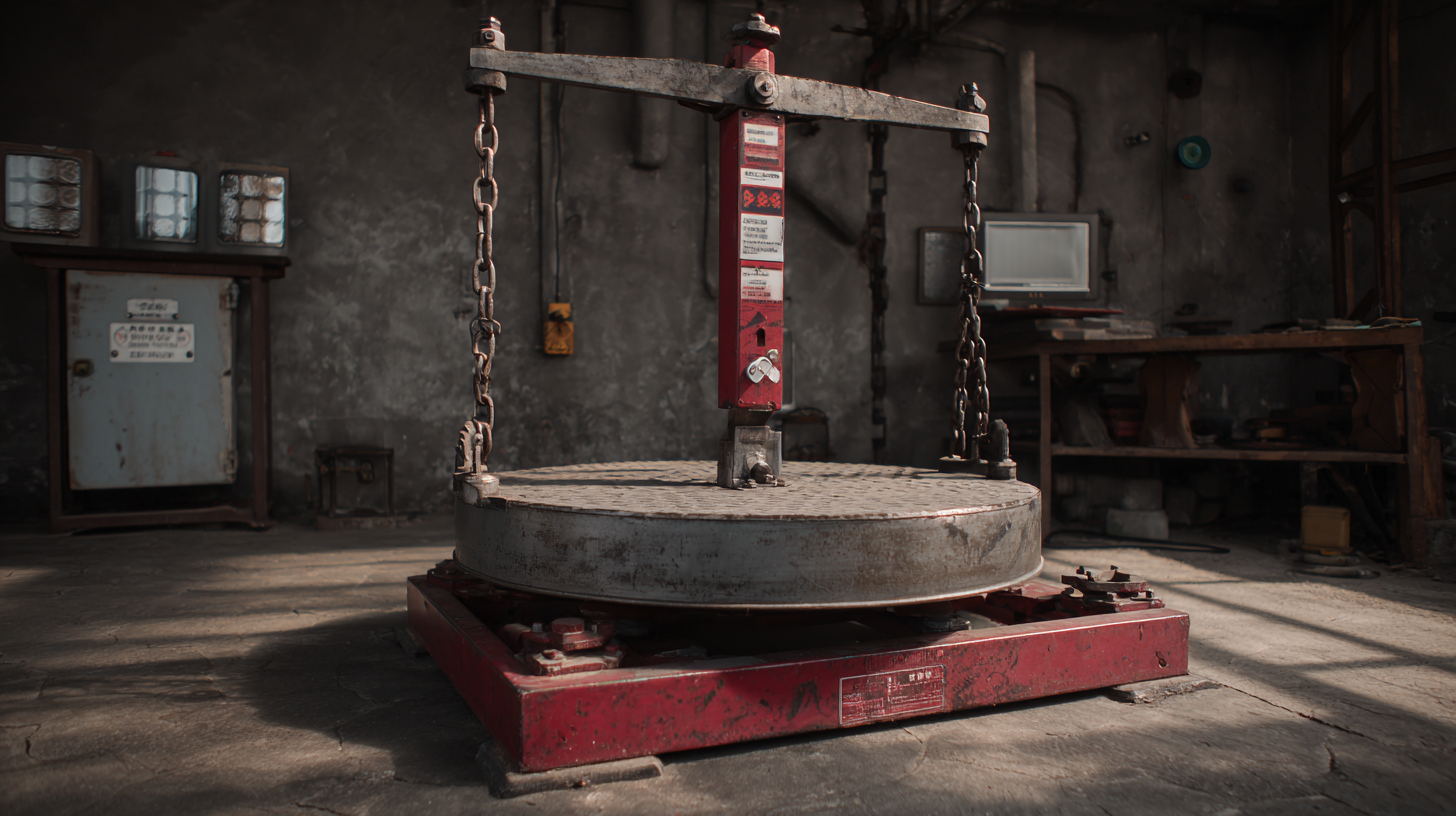
In the realm of automated manufacturing processes, belt counterweight scales play a crucial role in ensuring accurate weight measurements and enhancing operational efficiency. These systems help in maintaining optimal product quality by providing real-time feedback on the weight of items being processed. According to industry reports, automated electronic checkweighing systems have become the standard technology in sectors like food production, offering not only precision but also speed—critical factors in meeting today’s production demands.
Moreover, advancements in technology have integrated high-speed imaging and data analysis with traditional checkweighing methods. This synergy allows manufacturers to monitor product quality through comprehensive multi-scale phenotypic quantification, which is essential for ensuring compliance with rigorous industry standards. By utilizing advanced imaging and precise weight measurements, industries can streamline their processes, reduce waste, and enhance overall productivity. As manufacturing continues to embrace automation, the importance of reliable systems like belt counterweight scales cannot be overstated.
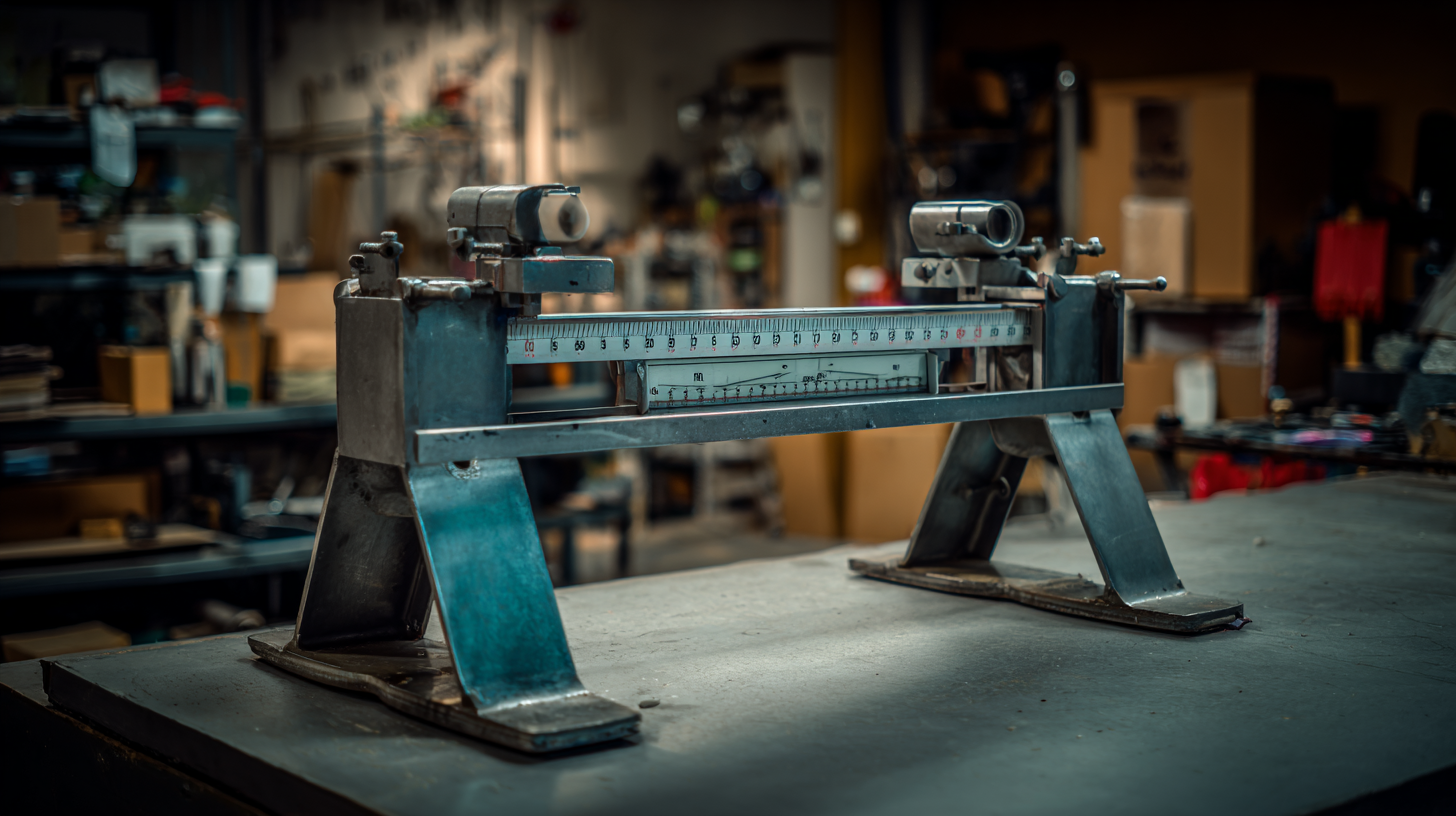
Accurate weight measurement in conveyor systems is crucial for enhancing productivity and ensuring operational efficiency in modern industry. According to a recent report from the International Journal of Industrial Automation, companies that implement precise belt counterweight scales can improve their material handling accuracy by up to 15%. This level of precision not only reduces waste but also minimizes downtime caused by miscalculations, ultimately leading to higher throughput and cost savings.
Additionally, accurate weight measurements play a significant role in compliance with regulatory standards and maintaining quality control in production processes. The Global Standards Organization estimates that up to 30% of manufacturing errors can be traced back to improper weight measurements. By integrating advanced belt counterweight scales, industries can ensure that they meet both safety and quality regulations, providing a competitive edge in the market. Furthermore, these scales help in optimizing inventory management, as they provide real-time data that can be used for better decision-making and forecasting.
In today's fast-paced industrial landscape, technological innovations are significantly enhancing the functionality of belt counterweight scales. These scales, crucial for maintaining proper tension in conveyor systems, are evolving with advanced sensors and data analytics capabilities. Reports from the International Society of Automation indicate that integrating IoT technology into belt scales can improve operational efficiency by up to 20%, allowing industries to monitor real-time data and optimize material flow.
Moreover, the advent of automated calibration processes has reduced manual intervention, lowering the chances of error that can lead to downtime and losses. According to a 2022 report from Industrial Equipment Analytics, the implementation of smart belt counterweight scales can achieve accuracy levels of 0.5% or better, which is a significant improvement over traditional methods.
These innovations not only enhance precision but also contribute to informed decision-making, ultimately leading to cost savings and improved productivity in various sectors, including mining, agriculture, and manufacturing.
In modern industrial operations, counterweight scales play a pivotal role in enhancing operational efficiency. Case studies highlight their influence on productivity, particularly in industries reliant on heavy machinery and logistics. By providing precise weight measurements, these scales facilitate optimal load management, ensuring that equipment operates within safe limits while maximizing throughput. This precision is crucial in mitigating risks associated with overloading and ensuring compliance with safety standards, ultimately contributing to smoother and more efficient operations.
Furthermore, the integration of counterweight scales with advanced technologies, such as Internet of Things (IoT) solutions, enables real-time data monitoring and analysis. This capability allows businesses to make informed decisions, leading to improved resource allocation and reduced downtime. The ongoing emphasis on automation and intelligent systems in the industrial sector underscores the importance of accurate measurement tools. As industries continue to adapt to challenges like extreme weather and the push for renewable energy, counterweight scales will remain essential for maintaining stability and optimizing performance across various operational contexts.
This chart illustrates the impact of implementing belt counterweight scales on operational efficiency in the industry. The data shows a significant improvement, with operational efficiency increasing from 65% before implementation to 85% after. This highlights the importance of such scales in modern industrial applications.
The global industrial weighing equipment market is expected to reach a remarkable USD 5.88 billion by 2034, with a compound annual growth rate (CAGR) of 23.39%. This sharp increase underscores the growing significance of advanced weighing technologies, such as belt counterweight scales, which are becoming integral to modern industrial operations. These scales enhance efficiency and accuracy in material handling processes, ultimately driving productivity across various sectors.

Incorporating cutting-edge technologies like robotics and AI-enabled devices is crucial as we move towards 2025. Innovations in machine vision and intelligent systems are set to revolutionize industrial applications, providing unprecedented precision and adaptability. The Vision China 2025 Shenzhen Exhibition, taking place from October 28-30, will showcase these advancements, revealing how industries can harness these technologies to meet escalating demands.
Tip: Embracing automated weighing solutions, like belt counterweight scales, can significantly improve operational efficiency and reduce downtime in your facility. Regularly update your systems to leverage the latest technological advancements for optimal performance.
